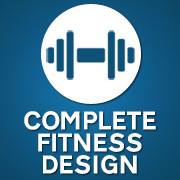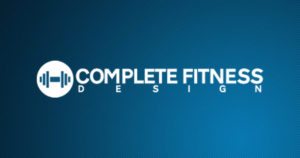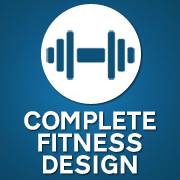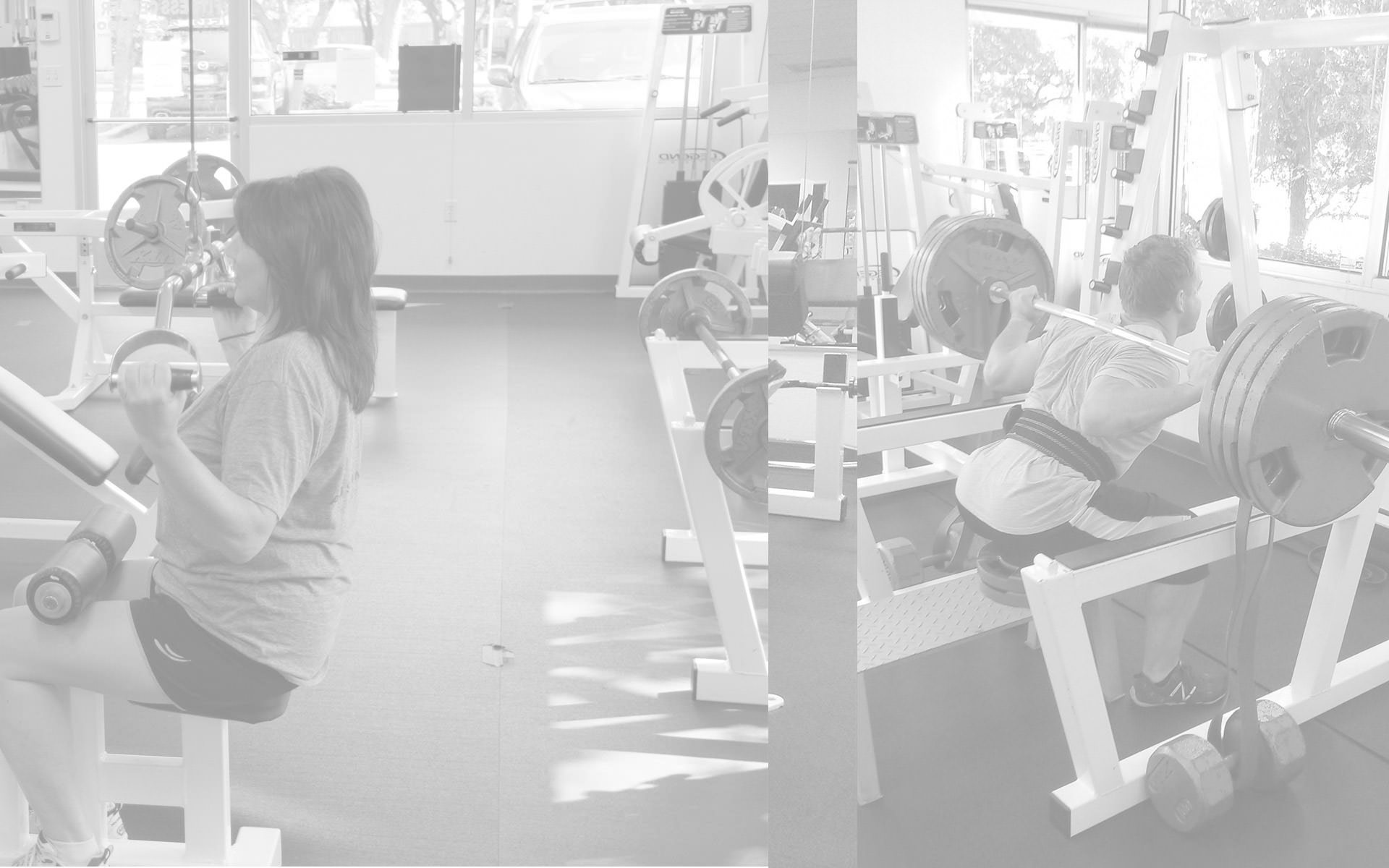In the 20 plus years I’ve been an Austin personal trainer, I have seen many people come through my door with all kinds of postural distortions. Some are genetic traits, such as ankylosing spondylitis, while others are man made, so to speak. In our daily routines, we tend to do things that can lend themselves to creating, or exacerbating a postural distortion, such as an overly tight hip flexor, for example. The ways in which we do these things to ourselves are as varied as the people themselves, but it’s safe to say that most times, we have no idea that we’re even doing it to ourselves. If you work in an office, for example, you’ll be sitting a lot, naturally. This is a surefire way to tighten up hip flexors, gluteals, hamstrings, etc. More and more, people are using standing desks to combat this problem, but do they really help?
Standing desks are very popular these days for a multitude of reasons. Primarily, they are used in place of a conventional desk to ward off potential hip and low back issues. When we sit in a traditional office chair, our legs are bent at roughly 90 degrees, give or take. Holding yourself in this position for a prolonged period of time will tighten the psoas muscles, the tfl, the piriformis muscles, the gluteals, the hamstrings, and so on. On the other hand, prolonged periods of standing can yield similar issues thus causing low back stress and weakness. If you incorporate a combination of the 2 positions, however, you can successfully keep your muscles from getting overly tight from remaining in a solitary position for prolonged periods of time. Standing desks afford you this option, as you simply alternate your body between standing and sitting every so often.
Standing desks provide versatility, especially compared to their traditional counterparts, but one thing I very highly recommend, is for people to not negate stretching. Considering both standing and sitting can cause bind ups, so to speak, it would make sense to employ a nice stretching routine, even while you work. It would be very easy to perform a standing psoas stretch while standing at your desk, just as it is very easy to perform a cross legged forward titling gluteal/piriformis stretch whilst seated.
Standing desks are great, but they’re not the only thing one needs to employ in their efforts to maintain flexibility and keep low back pain, as well as imbalances at bay. The type of chair you use while seated at your desk is just as important. You want to pick a chair that allows you to move freely and not hinder your movements, such as when you are typing or using your computer’s mouse. You also want to be sure to use a chair that doesn’t put your body in any kind of unnatural position, such as a forward tilt, or an exaggerated recline. Some folks like to use stability balls occasionally at their desks, and that works fine. If you do that, you’re engaging your core muscles, as well as your abdominal muscles, while you hold your upper body erect. Slumping on one, however, is absolutely pointless, no matter how comfortable you find it to be.
One question I get from clients that use standing desks, is how often should they be alternating between the sitting and the standing positions. There is no formula to refer them to, obviously, but I tell them that I would let common sense and feel be your guide. I would switch every hour, if practical, and more often if you feel yourself getting tight anywhere.
Standing desks are a great help when it comes to keeping your body healthy while at work. They come in any number of sizes, and have a great variety of specifications. Better still, they are affordable, and many employers will readily agree to buy them for their employees as part of a health and wellness initiative.

Andy

Latest posts by Andy (see all)
- Workout Motivation: How To Get Motivated To Work Out - March 9, 2022
- Body Fat Types: Subcutaneous and Visceral Fats - June 1, 2019
- Why Diets Work If You Stick With Them - April 1, 2019






